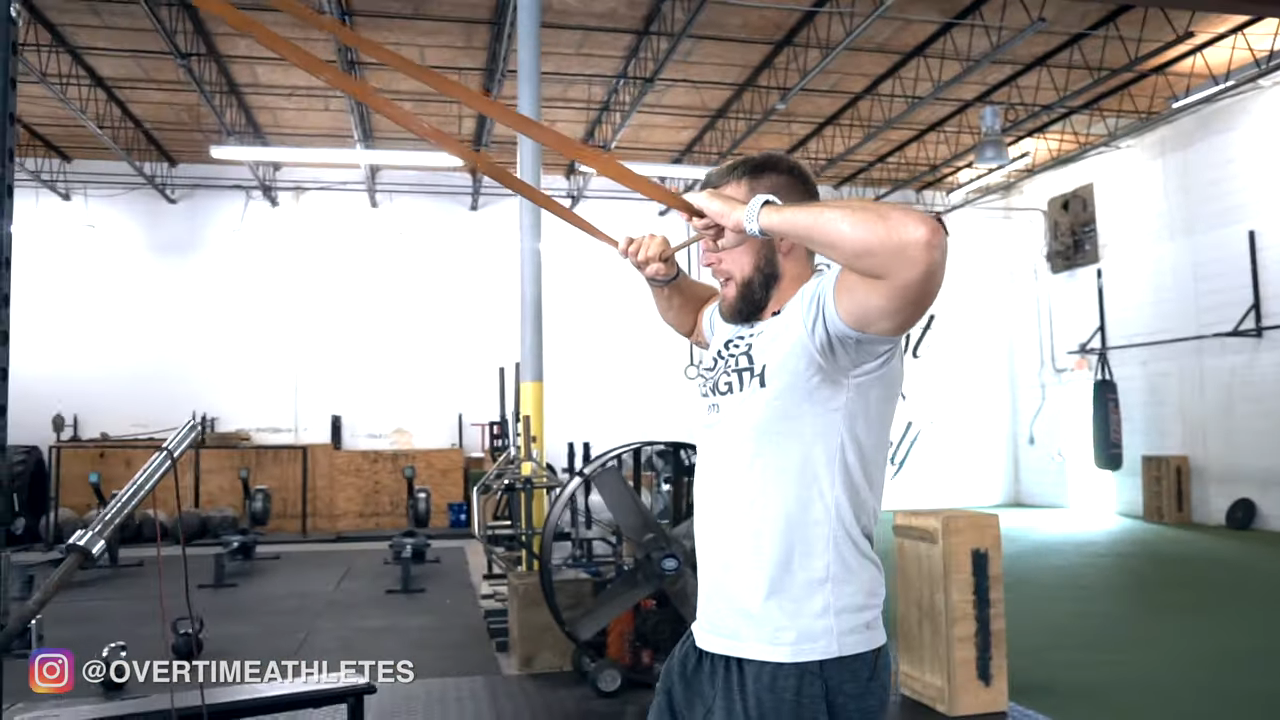Are Planks Hurting Your Performance? (They Could Be)
Throughout my years as a coach, I’ve seen a bunch of structural deficiencies in athletes.
Rounded shoulders…
Tight hip flexors…
Forward head posture…
And more.
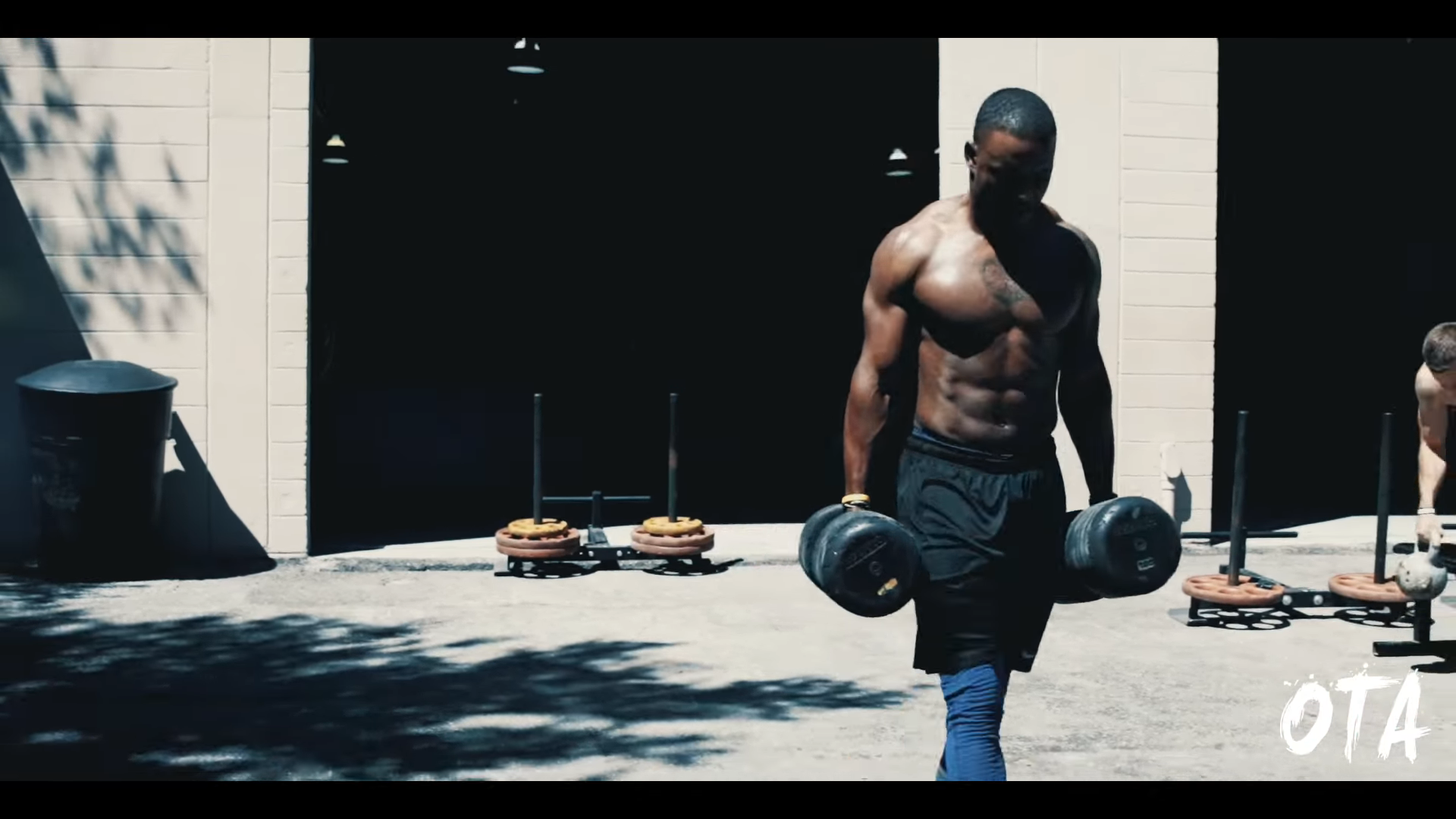
However, maybe the most common imbalance shows up when we perform athletic core training. More specifically, athletic core stability training.
And that’s simply a weak core.
Thing is… Most athletes don’t know how important the core is in your displays of power and overall explosiveness. Even worse… Most athletes don’t know they have this deficiency.
And I’m going to explain all of this right now…
Athletic Core Training And It’s Relationship With Power
One of the areas of the body that’s at the GREATEST risk for dysfunction is the core. This is due to the many muscles and joints that make up the core, but also its relationship with the hip and shoulder joints.
See, the core is involved in almost any athletic movement – going up for a violent dunk, dashing past a defender, cutting your way through the defense – all of that requires a strong and stable core.
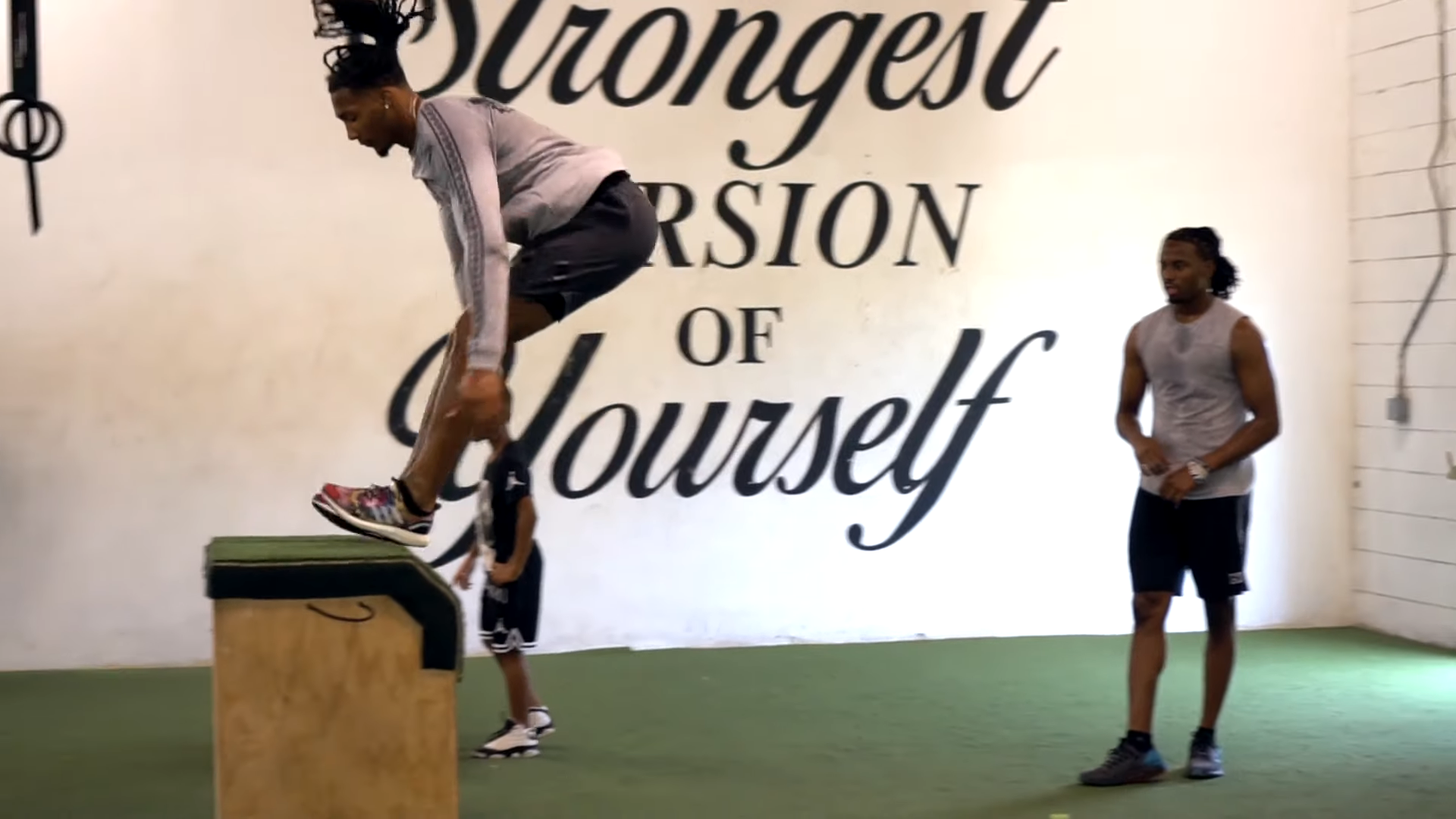
And this is because the core serves as the foundation of energy transfer from the hip.
Every time you jump, run, cut, swing a bat, or perform a front stroke, your transferring energy through the core. And if your core lacks stability and strength, you’ll leak energy and force. This will result in less power output and explosiveness.
And ultimately, this will result in a lower vertical jump, slower sprinting, and a more difficult time changing directs rapidly.
Athletic Core Training And Your Sprint

The mechanics and speed of your sprint relies heavily on the efficiency of your sling systems. Sling systems are essentially groups of muscles that cooperate to perform certain actions. And more specifically, athletic movement.
Your sprint relies on multiple sling systems. And the many of the muscles that make up these sling systems are muscles of the core. Particularly the obliques.
If your core lacks stability and strength, the efficiency of these sling systems is thrown off, and you’ll leak force while sprinting and running.
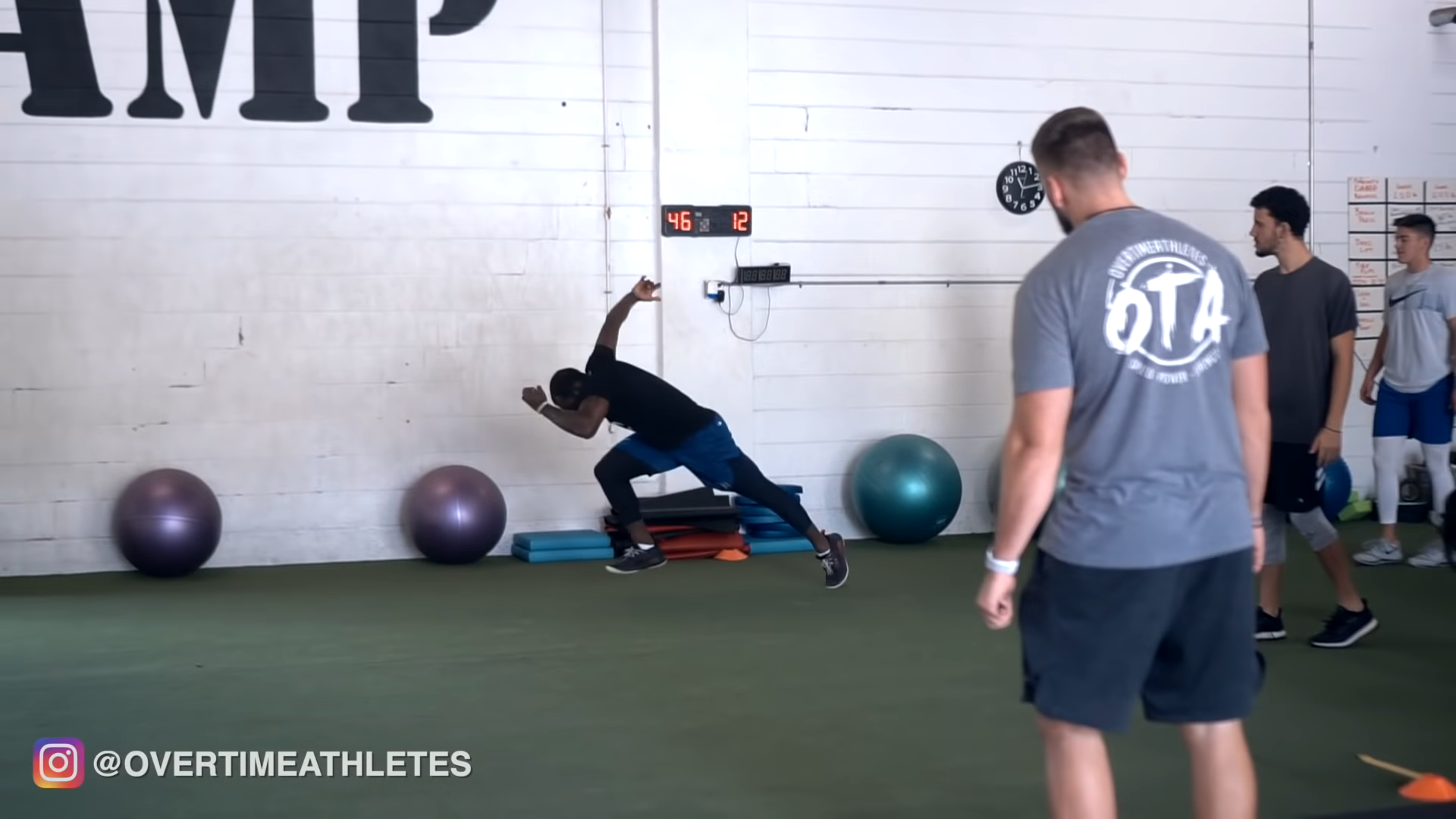
And it doesn’t matter how GOOD your mechanics are. If you’re deficient in the core, you’ll continue to lack in the area of speed.
How Planks Might Be Draining Your Performance
I mostly prescribe core stability exercises to an athlete when he first comes into the gym, or comes back from the season. There are many reasons for this. One of them is that a stable core lays the foundation for transfer of force, movement efficiency, and overall explosiveness.
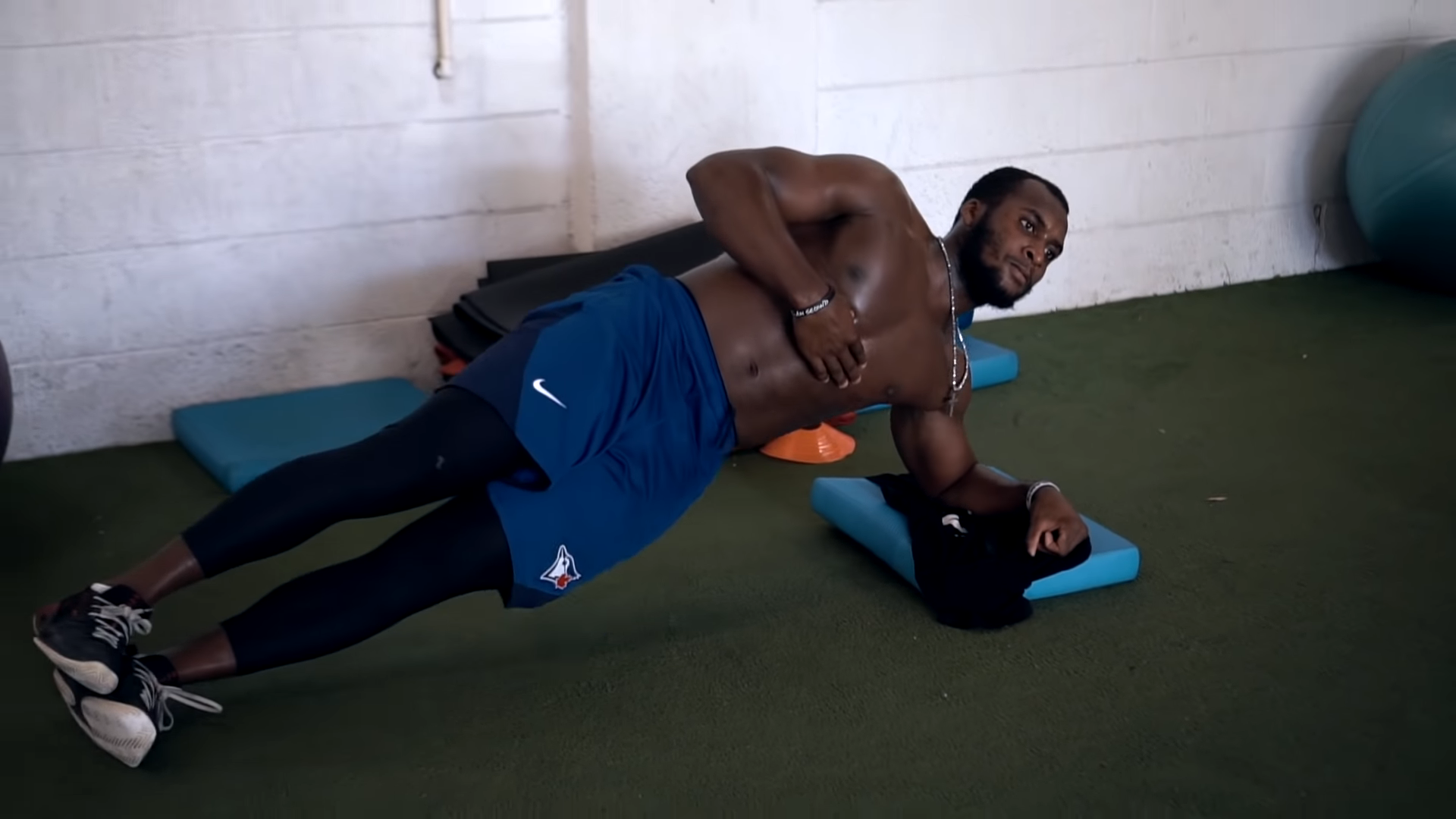
The core stability movements I use start out pretty basic. If you’ve done one of my programs, you know I usually rely on standard planks, side planks, and prone cobras to build core strength. The more advanced an athlete gets, the more fancy I’ll get with my core movements.
Anyway, when the athlete performs the plank, typically he does them wrong.
Either his hips drop too low, or his hips are too high, and his back is rounded.
Either way, the athlete has deactivated the core stabilizers that the plank is used to strengthen. Instead, he’s relying on his hip flexors and muscles of the back to hold his position during the plank.
This facilitates the over-activation of these muscles, and further weakens the VITAL muscles of the core.
And this can lead to overuse injuries, improper muscle recruitment patterns, and it can drain the athlete’s performance.

Sad thing is, I’ve seen a lot of coaches let this kind of deficiency slide.
And it results in less stable athletes… Which over time will lead to less athletic gains.
Because if you think about your body as a car, if you have a flat tire and try to pump a bunch of horsepower into your car to fix the problem… You’re going to have problems down the line.
Fix your deficiencies first, then move onto the advanced stuff.
I’ll post a few resources to help you do this below:
-
 Try This Athletic Core Stability Circuit April 8, 2020
Try This Athletic Core Stability Circuit April 8, 2020 -
 3 Knee Stabilization Exercises for Jumpers December 23, 2019
3 Knee Stabilization Exercises for Jumpers December 23, 2019 -
 Mobility Exercises for Athletes November 11, 2019
Mobility Exercises for Athletes November 11, 2019 -
 Patch Up Your Energy Leaks (Fix Imbalances) April 17, 2019
Patch Up Your Energy Leaks (Fix Imbalances) April 17, 2019 -
 Stability Exercise for Athletes March 28, 2018
Stability Exercise for Athletes March 28, 2018



